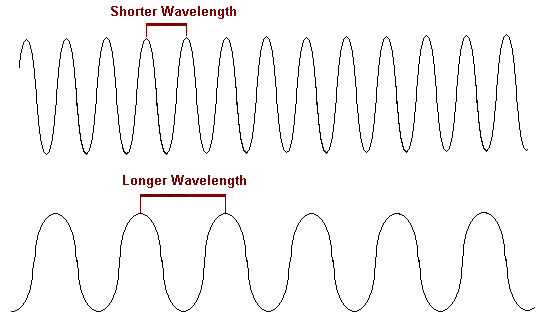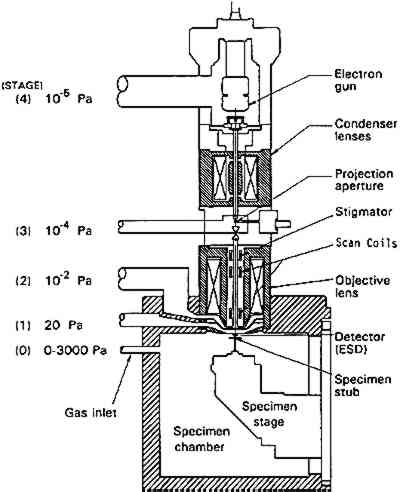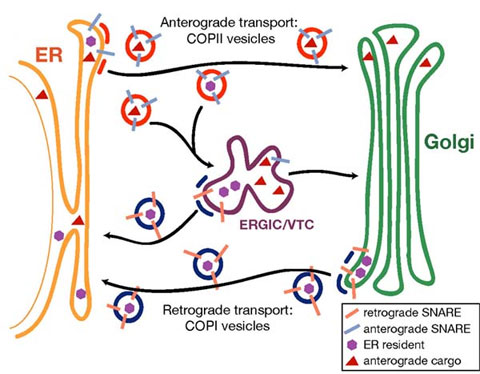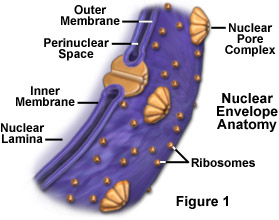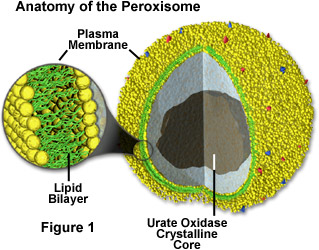mixed composition of phospholipids, glycolipids, sterols and proteins.

transport proteins
either passively let specific solutes diffuse through a membrane spanning channel in their interior or actively pump them through.

receptor proteins:
bind extracellular substances.

recognition proteins:
that are unique identity tags for each species.
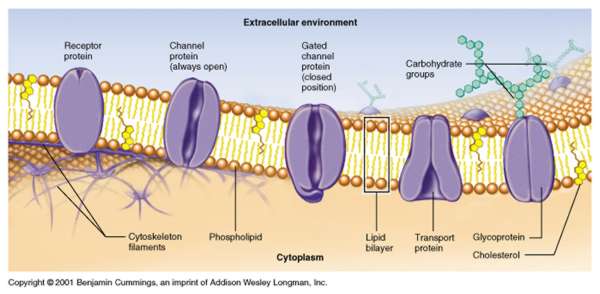
adhesion proteins:
help cells of the same type locate each other and remain in the proper tissues.

communication proteins:
form channnel that match up across the plasma membranes of two cells.
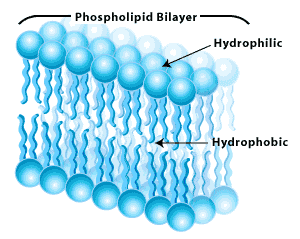
concentration gradient:
is a difference in the number per unit volume of molecules (or ions) of a substance between two adjoining regions.
diffusion:
is the name for the net movement of like molecules or ions down a concentration gradient.

electric gradient:
is a simply difference in electric charge between adjoining regions.

pressure gradient:
is the difference in pressure exerted per unit volume between two adjoining regions.
passive transport:
a concentration gradient, electric gradient, or both drive diffusion of a substances across a cell membrane.

active transport:
energy-driven protein motors help a particular kind of solute cross a cell membrane against its concentration gradient.

osmosis:
is the diffusion of water across a selectively permeable membrane.

hypotonic solution:
is the one with fewer solutes.

hypertonic solution:
one having more solutes.

isotonic solutions:
show no net osmotic movement.

hydrostatic pressure:
against the wall or membrane that contains it.

osmotic pressure:
any fluid is one measure of the tendency of water to follow its water concentration gradient and move into that fluid.

endocytosis:
A small patch of plasma membrane, ballons inwards and pinches off inside of the cytoplasm.
exocytosis:
a vesicle moves to the cell surface, and then the protein-studded lipid bilayer of its membrane.



